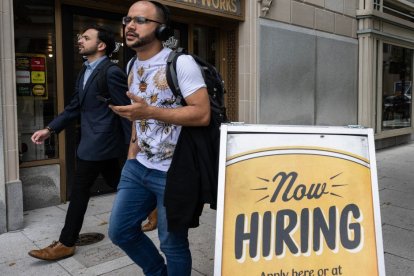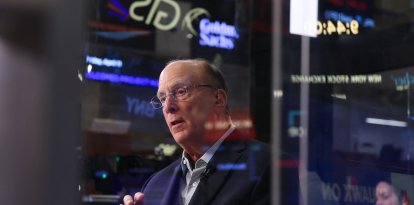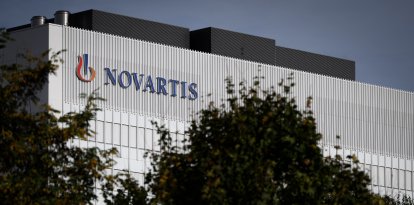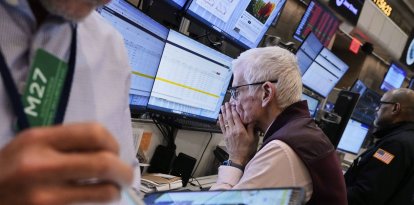Jobs soar, wages rise, but inflation still hitting: The health of the US economy is contradictory
Just as job growth rose unexpectedly, the unemployment rate also rose to 4%, contrary to forecasts.

(AFP)
Against all odds, the U.S. economy added 272,000 jobs during the month of May, according to a new report from the Department of Labor. The figure far exceeds the conservative forecasts of LSEG economists who predicted 185,000 new jobs.
Specifically, four sectors led job creation: healthcare, which remains at the top, added 68,000 new workers in May. Other sectors that showed notable growth were the government (43,000), leisure and hospitality (42,000), and professional, scientific and technical services (32,000).
In addition to the fact that employment skyrocketed, another important point is that average salaries also rose, with an increase of 4.1% compared to the previous year. This data could indicate some health in the U.S. economy, which is reportedly demonstrating “resilience” following the negative effects of the pandemic that still persist four years later.
But despite these two positive figures, the other side of the coin is also worrying. According to the report, just as job growth rose unexpectedly, unemployment rose to 4%, contrary to forecasts that predicted a stable unemployment rate of 3.9%.
Hispanics are one of the most affected demographic groups, with an unemployment rate that reaches 5%, only surpassed by black citizens.
In addition, some reports indicate that unemployment could still be on the rise.
“Already, the rate at which companies hire workers has fallen to levels last seen seven years ago. Job vacancies, which soared during the pandemic, have returned to prepandemic levels; if they fall much lower, a higher unemployment rate beckons,” The Wall Street Journal reported.
Another important point, reported by Fox Business, is that the increase in jobs can also be explained by the high season in the tourism sector and, in turn, that many of the jobs generated are part-time.
“The May jobs report sent conflicting messages,” Bill Adams, chief economist at Comerica Bank, told Fox Business. “Payrolls rose solidly, and wage growth picked up, signs the labor market is still running hot. On the other hand, the unemployment rate rose, recent job growth has been concentrated in part-time jobs, and temp jobs fell, signs the labor market is cooling.”
Coupled with wage increases and the creation of hundreds of thousands of jobs, inflation continues to hit Americans' pockets, creating the perception that the economy has not yet recovered from the pandemic blow under the Biden administration, beyond the fact that some macroeconomic indices show some health. Ultimately, however, there are contradictory symptoms about the state of the real economy, according to the WSJ.
In fact, experts expect the Fed to keep interest rates high to continue fighting inflation, which stabilized this year after a decline last year.
According to the WSJ, at their two-day meeting next week, Fed officials will likely keep interest rates steady. In 2023, officials raised their benchmark rate to a range between 5.25% and 5.5%, the highest level since 2001.
In fact, despite the good numbers in terms of employment and average salary, The Fed continues to pay much more attention to inflation, since it is still in the dilemma of which risk to take: lowering interest rates too soon, creating the possibility that inflation will remain high, which would severely affect citizens, or keeping interest rates very high for a long time, potentially causing an unnecessary economic slowdown in an economy that has shown signs of resilience in the past month.
RECOMMENDATION





















